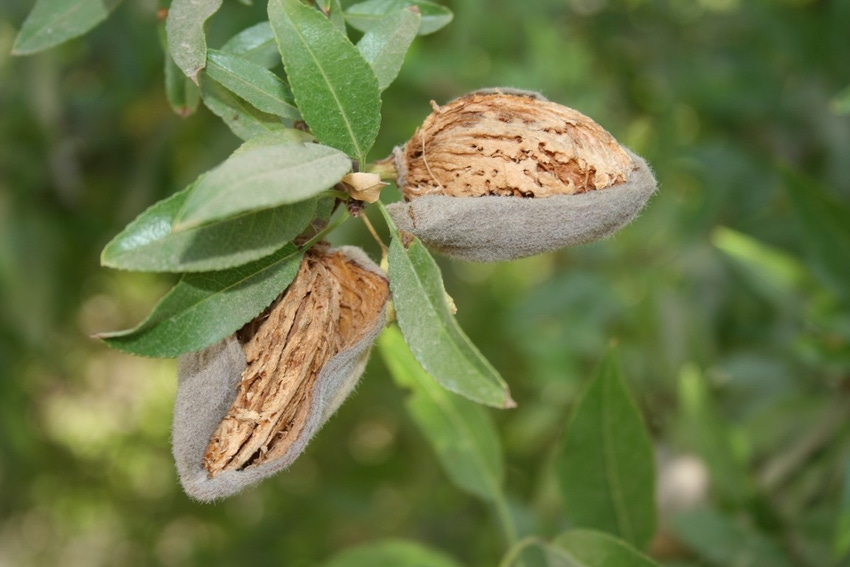July 1, 2015

2015 California almond production is forecast at 1.80 billion meat pounds, down 3 percent from May's subjective forecast and 4 percent below last year.
The objective crop estimate, based on a National Agricultural Statistics Service (NASS) survey funded by the Almond Board of California (ABC), is based on 890,000 bearing acres.
Production for the Nonpareil variety is forecast at 670,000 million meat pounds, down 6 percent from last year’s deliveries. The Nonpareil estimate is 37 percent of the total California almond crop.
“This year’s objective estimate reflects the continued and unprecedented stress that California almond growers are experiencing as they cope with historic drought conditions,” said Mike Mason, an almond grower and processor who serves as ABC chairman.
Mason added, “The California agricultural community is certainly hoping that the drought abates next winter, but in the meantime, growers are doing everything within their power to conserve water while growing and harvesting nutritious and delicious fruits and vegetables that contribute greatly to a healthier American diet.”
The NASS estimate suggests an average nut set per almond tree of 5,874, down 12 percent from last year. The Nonpareil average nut set is 5,239, down 14 percent from last year.
Estimated kernel weight
The kernel weight for all varieties sampled is 1.43 grams, down 1 percent from 1.45 grams last year. The Nonpareil average kernel weight was 1.61, slightly higher than last year.
Almost 99 percent of all nuts sized were sound.
The survey began May 22 with sampling completed by June 19. More than 1,700 trees sampled for the survey in 862 orchards.
The annual California almond bloom, the largest pollination event in the world, began in early February. Overall, the bloom was fast and compact with Monterey and Fritz blooming earlier than the Nonpareil variety.
In several cases, the lower two-thirds of trees blossomed two weeks ahead of the tree’s top; possibly the result of insufficient winter chilling hours.
The Nonpareil set appears to be below last year.
High temperatures in late June have increased grower concerns regarding water stress. Some growers have observed reduced production from their wells as water levels have declined.
In areas where groundwater is the primary source of water, NASS says some salt damage, tree wilting, and defoliation have occurred.
With the summer heat, almond hull split was moving fast.
Harvest preparations are underway harvest expected 10-14 days ahead of normal.
You May Also Like




